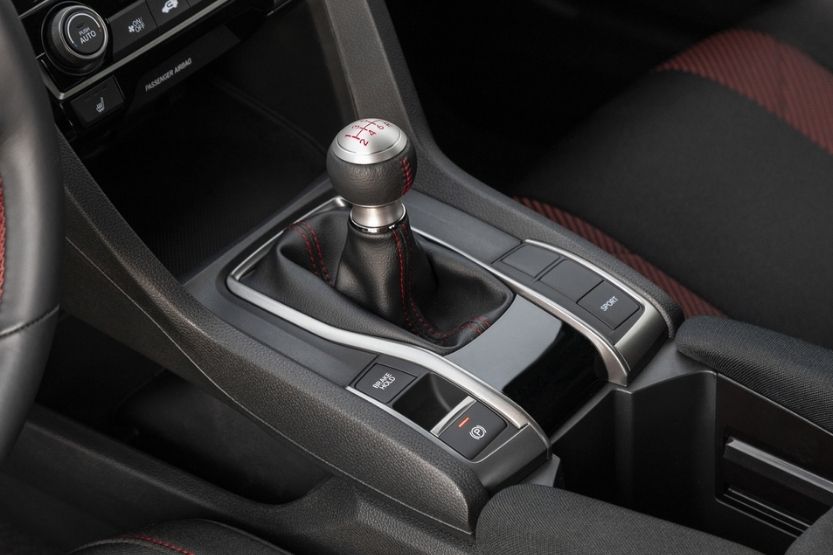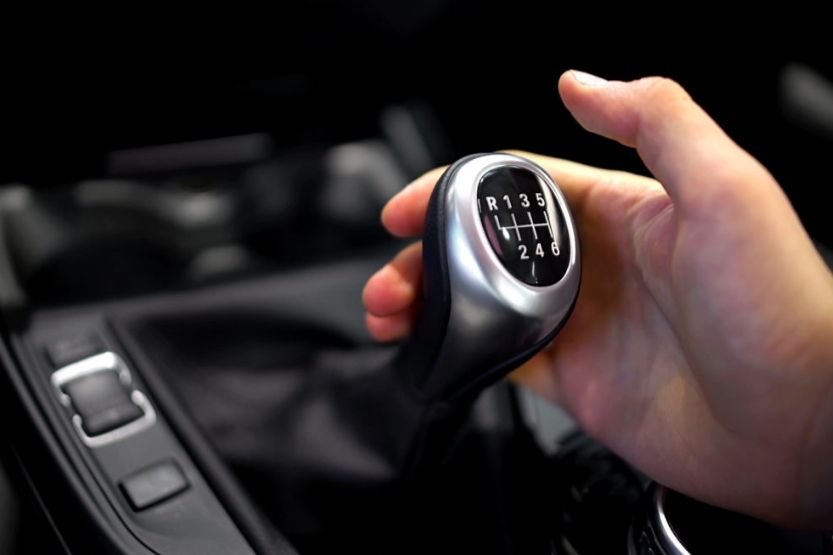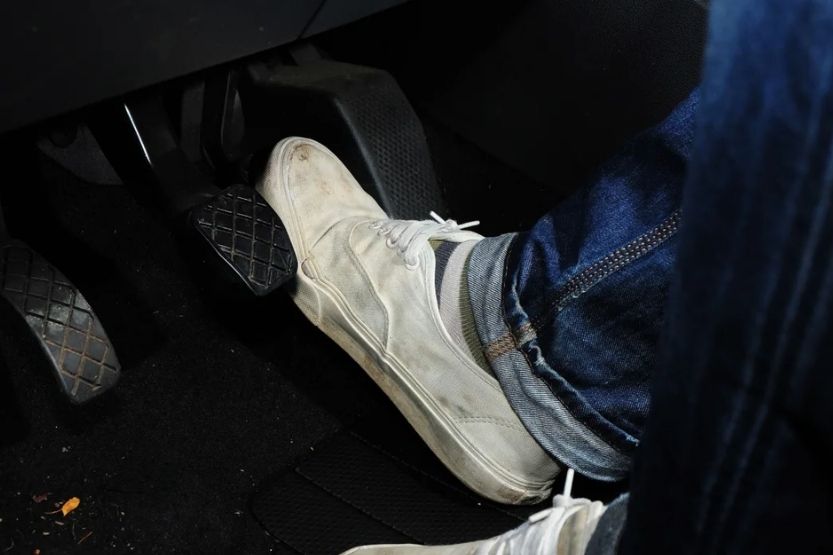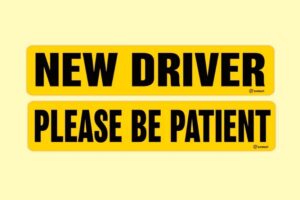The most common form of transmission is the automatic transmission; however, it is still a great skill to drive a manual transmission car. With a manual car, you shift gears in this vehicle using the gearshift. The gearshift is usually located on or near the floor, though some cars place it on the steering column.
If you know how to change from one gear to another and control the speed, it should take two to three days to learn the manual. Manual transmissions are not challenging to learn to drive, but they require a different driving skill.
This is because the driver has to shift gears manually. The good news is that you can learn it in a day or two with some practice time in between.
Read on to learn more about how long it takes to drive a manual car?
How Long Does It Take to Learn Manual?

If you know how to change from one gear to another and control the speed, it should take about two to three days to learn how to drive a manual car. You’ll learn the basics in a day, be decent in a week, and be quite comfortable in a month. Just keep practicing with the left-foot braking and heel-toe shifting. In no time, you will be a pro at driving manual cars.
Requires Patience, Practice, and Trial and Error
Driving a manual transmission car takes patience, practice, and trial and error. It can be frustrating at first, but it has its benefits. Driving a manual transmission car means that you can control the car in ways that an automatic transmission cannot. You’re able to shift gears, clutch in and out, and use the brakes, all while accelerating or decelerating. This takes more coordination than an automatic transmission, so it’s not for everyone.
Automatic Transmissions Are for First-time and Older Drivers
Automatic transmissions are easier to operate because they do not require any shifting. The car shifts itself with no input from you, though you can override it if necessary by hitting the brakes and putting it in neutral so you can coast down to a stop. They’re great for first-time drivers who are just learning how to drive, as well as older drivers who may have trouble with manual transmissions.
How to Drive a Manual Car for Beginners
It is easier to learn to drive a manual in only three days with the proper instruction. Some might take shorter and some longer, depending on your experience with driving. To quickly learn to drive a manual transmission or stick shift car, follow the below steps:
1. Push the Clutch and Start the Engine
Do not move the accelerator pedal until the vehicle is moving. This allows the engine to rev up and get ready for driving. Pushing the clutch pedal will disengage the engine from the gearbox and allow manual shifting.
2. Ensure Correct Gear
Shifting gears is an essential part of driving a manual transmission. When you shift gears, you need to ensure that you are in the correct gear for your speed. If you are accelerating, change into a higher gear so that the engine can work at its most efficient rate. If you’re driving at a constant speed, shift into a lower gear so that the engine will run at its lowest possible rate.
3. Release the Clutch Pedal While in First Gear
You need to release the clutch pedal while the car is still in first gear. This will allow the car to move forward. When you are shifting gears, releasing the clutch too quickly can cause the engine to stall. You may have difficulty changing gears when the engine turns at high speed.
4. Give the Car a Little Gas
So, when you are in the process of shifting into another gear, you can give your car a little gas with your right foot until you see the tachometer reads 1000 or 2000 rpm. This will make the engine run smoothly and ensure that it is at a speed that will allow you to shift into another gear with ease. Your car will now be moving forward with just enough acceleration so that you can keep up with traffic.
When Can You Get Your License After Permit?
What Is Manual Transmission?
A manual transmission is a transmission engaged by a driver rather than an automated system. Drivers can manually select which gear they want, and the car will change the amount of power it delivers to the wheels accordingly. This allows drivers to control acceleration and brakes on their own. This is common in sports cars and motorcycles, but it exists in some pickup trucks and larger vehicles.
Manual Transmission – Short History
Henry Mill invented the manual transmission. He was working for the British government in the mid-1800s and invented a new way to use a crank to turn wheels. Before that, horses were used to turn the crank. It wasn’t until after World War II that cars started adding automated transmissions, which have been becoming more common ever since. Manual transmission is still common today, though it is more popular in some vehicles than others.
Types of Manual Transmission
There are three main types of manual transmissions:
- Six-speed,
- Five-speed, and
- Four-speed.
Each of these has different gears designed for different types of driving conditions. Having a six-speed manual transmission can help improve fuel economy on some vehicles because it gives drivers more options for how fast they drive.
Other Types of Manual Transmission
There are also two different types of manual transmissions:
- Standard
- Close-ratio
Standard vs Close-ratio Manual Transmission
A standard transmission uses longer gear ratios that provide more power at lower speeds. In comparison, close-ratio uses shorter gear ratios that provide less power at lower speeds, but you can shift it much faster than standard transmissions can be shifted.
So, a manual transmission is a type of gearbox in a motor vehicle that requires the driver to shift gears manually. Cars with a manual transmission are typically more expensive than cars with an automatic transmission because they require more skill and expertise to operate.
Standard Five-speed Manual Transmission
One of the most common types of manual transmissions is the standard five-speed. This transmission makes use of five different gears, making it easy for drivers to switch between them while driving.
Standard five-speed transmissions are common in a wide range of vehicles, including:
- Sedans and coupes with a small engine;
- Hatchbacks and station wagons; and
- Sports cars.
You can also find standard five-speed transmissions in trucks, but most modern trucks have automatic transmissions. The standard five-speed transmission is typically less efficient than an automatic transmission because it uses more fuel. However, drivers who like to shift gears manually usually prefer this transmission type anyway.
Again, how long does it take to learn the manual? It can take two to three days to learn basic driving using the manual. Meanwhile, it can take three to four days to learn how to drive vehicles equipped with non-synchro manual transmission.
What Is the Proper Way to Rev a Car?
More on Gear Stick

Many people are not sure how to use the gear stick. This is especially true for those who are new to driving. There are two ways that people can use the gear stick. You can use it to reverse and park. The latter parks the car, while the former moves the car backward.
How to Use the Gear Stick to Reverse
The gear stick has a button right next to the gear stick itself. Push it down and pull it back to use this button. This will move the car in reverse. Don’t make abrupt movements with the gear stick when moving in reverse for safety reasons. If you need to make an abrupt movement, use the brake pedal instead of the gear stick.
How to Use the Gear Stick to Park
To use this, one must pull back on the gear stick until it locks into place. Then, park it. To release it from the park mode, one must press down on a lever located on the gear stick. The lever will pop up when pressure is applied on top of it and then lock into place when there is no more pressure. Learning the gear stick is a tricky part of learning how to drive a manual. But once you practice enough, you should learn it in a day or two.
Know Your Pedals
When learning how to drive a manual transmission, it is important to know the pedals and what they do. The left one is the clutch, and this is what you use to take your foot off the gas pedal and then push it back on again.
The right one is the brake; this is what you use to slow down. When driving in a manual transmission car, you will need to work with both of these pedals to drive and stop the car.
What Does the Clutch Pedal Do?
The clutch pedal works by disengaging the clutch when you are driving. This allows you to shift gears between first and second without having to stop or stall your vehicle. It also helps with acceleration when taking off with your car.
When it is time for hard acceleration, first gear is not always enough. You will need to push down on the gas pedal while using the clutch to move faster before shifting into second gear and add power while taking off from a complete stop.
What Does the Brake Pedal Do?
The brake pedal works by stopping your vehicle when necessary and slowing it down during deceleration periods between gears or coming up on a red light or stop sign at an intersection. If used properly, the brake pedal can stop your car entirely if necessary, although this should only happen very rarely, if ever, during normal driving conditions.
This pedal should be used with the gas pedal during braking periods. This lets you slow down gradually rather than instantly due to road conditions or other factors like traffic lights at intersections or other cars around yours as well as pedestrians walking in front of your vehicle.
Importance Of Neutral
Learning how to drive a manual transmission is a challenge, but it’s also a great way to save money on gas. Learning how to shift smoothly and quickly is important so you can get the most out of your car. A big part of this is understanding the importance of neutral, which is integral to driving a manual transmission.
When driving a manual transmission car, your car must be neutral to shift gears. Even if it’s not obvious, being neutral when you’re shifting gears will help your car run more smoothly.
Automatic vs Manual Transmission

Automatic transmissions take some of the work out of driving, but they come at a cost. Automatic cars are generally less fuel-efficient, and the used value for automatics is typically lower because many drivers prefer to purchase a car with an automatic transmission.
If you’re looking to save money on gas or enjoy driving and want to learn how to do it yourself, stick shifts are the way to go. Learning stick may seem intimidating at first, but it’s not as difficult as it seems!
First gear is easier to master than second gear because less RPM is needed for a smooth start. The most important thing to remember is that you need to use the clutch pedal every time you shift gears – this will help prevent wear and tear on your car’s clutch and keep your transmission running smoothly.
The clutch pedal is often used by drivers as a break – if you’re going downhill or need to stop quickly, let off the gas pedal and press down on the clutch pedal so that it engages with the engine. Starting from a dead stop may take some practice before getting into first gear without stalling – don’t give up! The best way to get better at something is through repetition.
Conclusion – How Long Does It Take to Learn Manual?
If you know how to change from one gear to another and control the speed, it should take about two to three days to learn how to drive a manual transmission car. You’ll learn the basics in just a day, be decent in a week, and be fairly comfortable in a month. Just keep practicing with the left-foot braking and heel-toe shifting. In no time, you will be a pro at driving manual cars.
Manual transmission is often the more efficient option. The automatic transmission uses more fuel, as it automatically shifts gears without any input from the driver. Manual transmission is generally less expensive to repair than automatic transmission.
If something goes wrong with an automatic transmission, you’ll usually have to replace it or have it rebuilt entirely. Manual transmissions can be repaired and adjusted much more easily. A mechanic can adjust a manual transmission and ensure it’s operating properly.
Read next:


![How to Rev a Car Engine [Automatic and Manual] how to rev a car engine](https://roadsumo.com/wp-content/uploads/2022/03/how-to-rev-a-car-engine-150x150.jpg)






